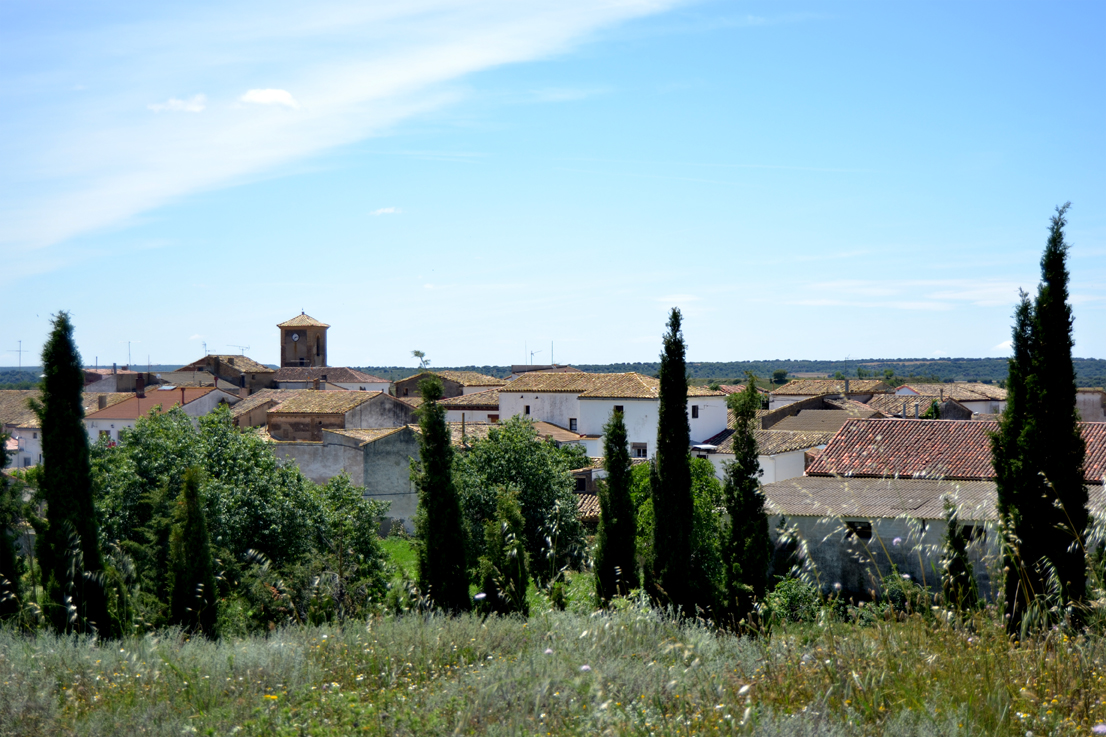
This small village is located on the Guatizalema River plain.
A few kilometers from the capital, Pueyo de Fañanás features a simple urban layout with buildings constructed in adobe, rough ashlar, and masonry, traditional architectural materials used extensively throughout the region.
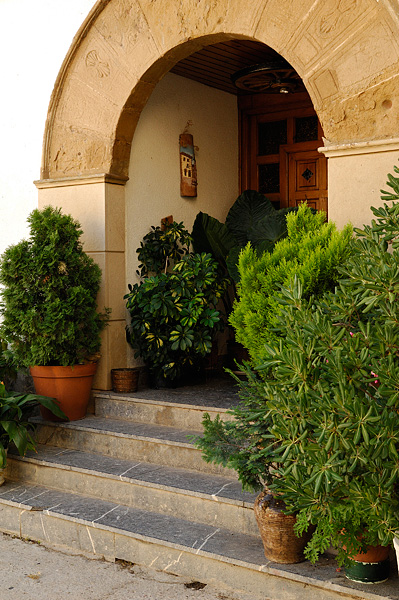
Located on a small promontory, Pueyo de Fañanás provides views over the Somontano region of Hoya de Huesca.
Its simple church, tucked among the other buildings in the village, dates back the 16th century, although it was remodeled in later years, particularly during the 18th century.
The village is also part of the Camino de Santiago (St. James Way) which, starting in Catalonia, passes through several villages and towns in the region, both in the Somontano and to the north.
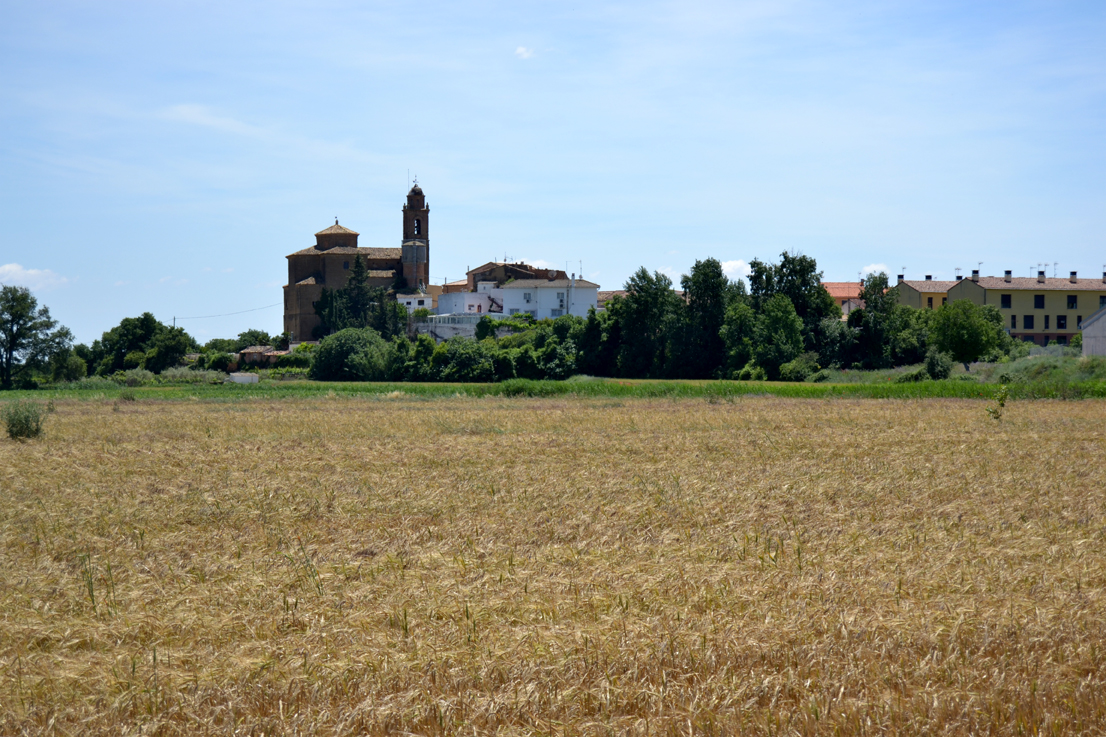
The hamlet of Fañanás gradually ascends towards the Parish Church of San Juan Bautista. This 16th-century building features a delicate interior and a bread oven just outside the door. The bread oven was built inside a manmade cave carved out of the stone ledge upon which the church was built. There are a series of descending steps carved out of rock that lead to the cave. After its restoration in 2002, this cave has served as a small museum of bread, providing information about different types of bread with a special focus on the history of bread in Hoya de Huesca.
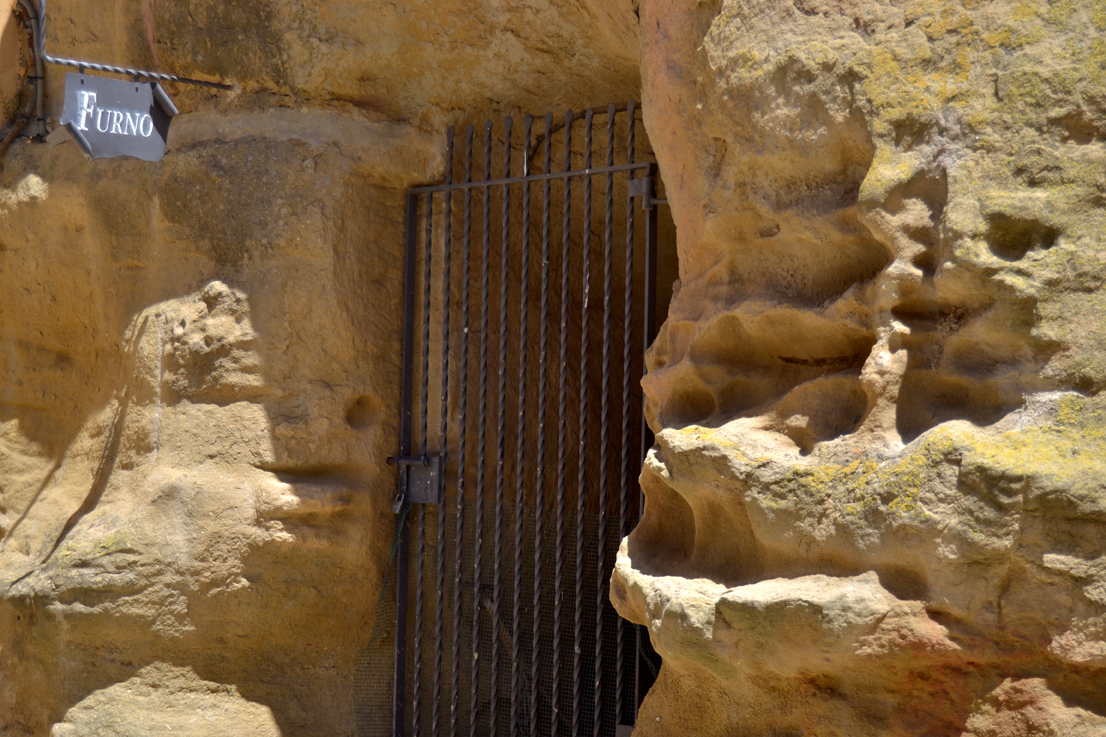
The Chapel of the Virgen de Bureta is located a little over 2 kilometers away in a megalithic area and offers magnificent views of the plain and Fañanás.
In addition to the church, the bread oven, and the chapel, the village has a medieval mill of great anthropological value.
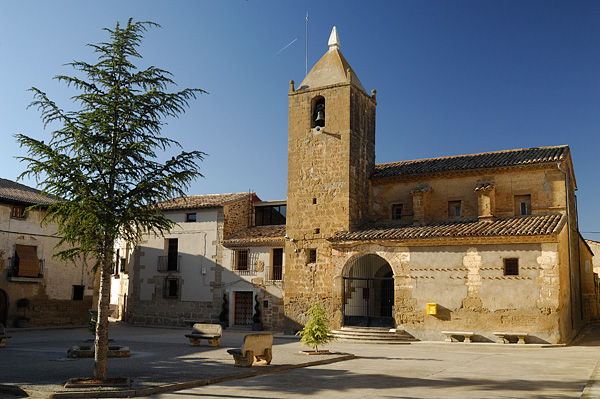
This charming village, which extends along the banks of the Botella River, belongs to the municipality of Alcalá del Obispo and has several points of interest.
Ola is home to several country homes that are prime examples of 18th-century civil architecture featuring coats of arms and characteristic façades and windows that visitors can see by simply walking across the village.
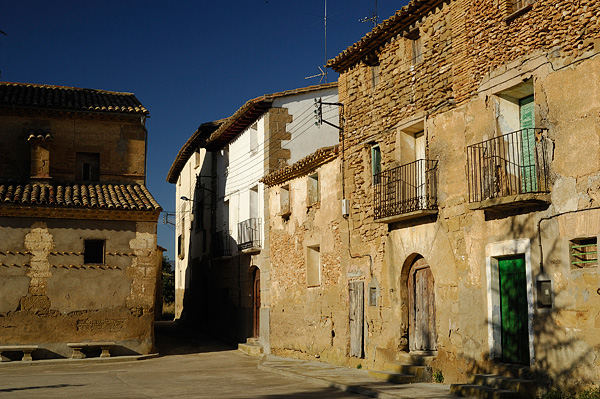
The Parish Church of Santa Cruz, built in the 16th century, is found in the middle of the village.
Nearby is the village’s well/fountain, a characteristic example of the region’s hydraulic architecture. Likely of Muslim origin, it dates back to somewhere between the 12th and 14th centuries.
Curious travelers will also be interested to know that this quaint village is part of the Camino de Santiago (Way of St. James), which crosses the region from Catalonia.
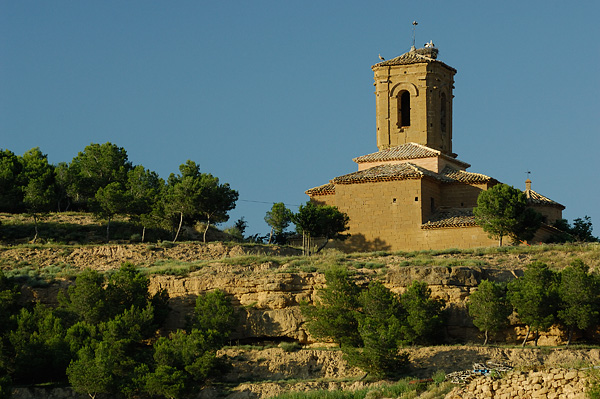
From the distance looms “del Castillo” hill, where a pine forest hides almost all the village's 17th- to 18th-century Parish Church of San Miguel. The name ("Alcalá" was a name given to fortified villages) hints towards the village's past as a fortress, but no remains have been uncovered that prove the existence of one.
This small village clings to the slope of this hill, part of the Catalan section of the Camino de Santiago (Way of St. James) from Montserrat to San Juan de la Peña.
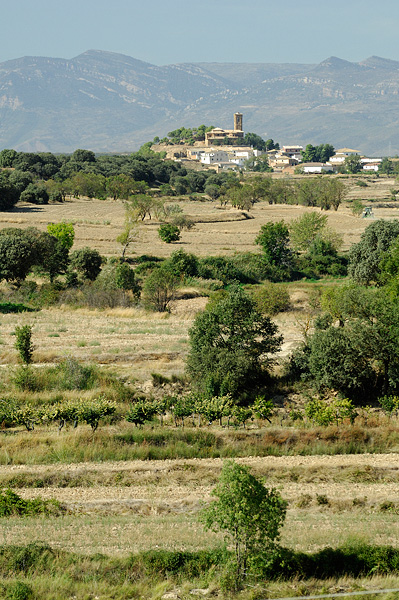
Alcalá del Obispo celebrates several festivals throughout the year. The first is celebrated the first weekend of May in honor of St. Waldeska, and a second on September 29th to celebrate the village's patron saint, St. Michael.